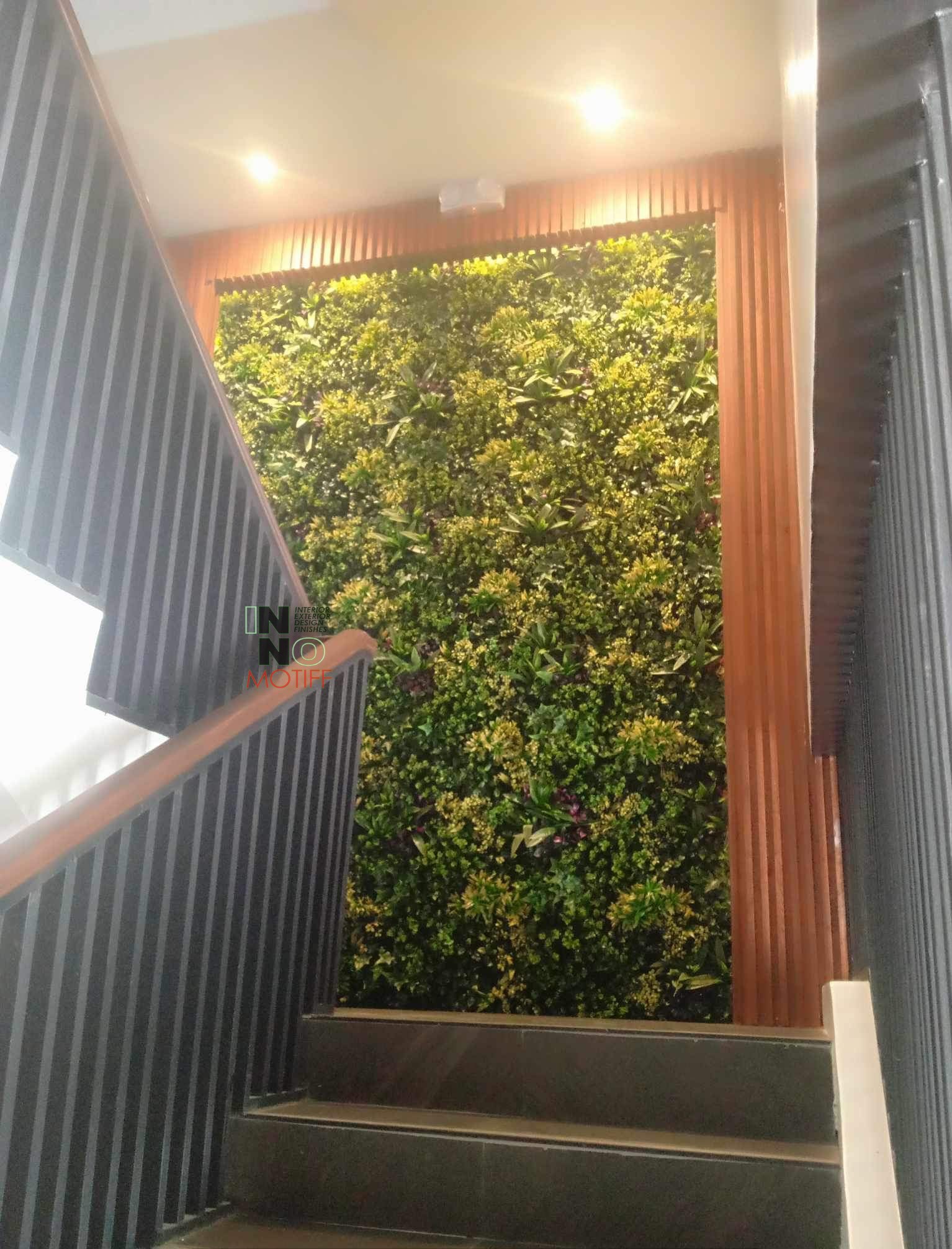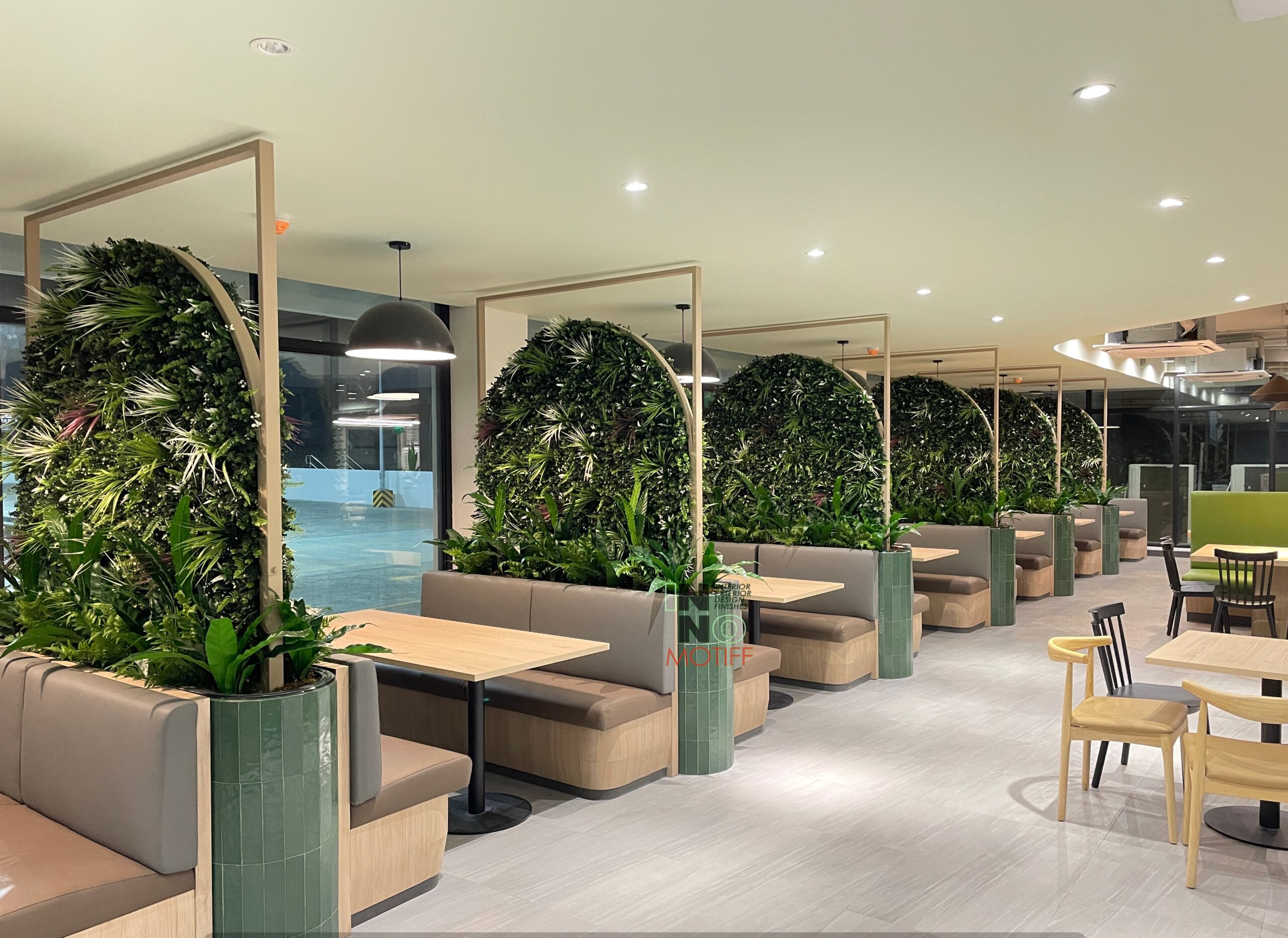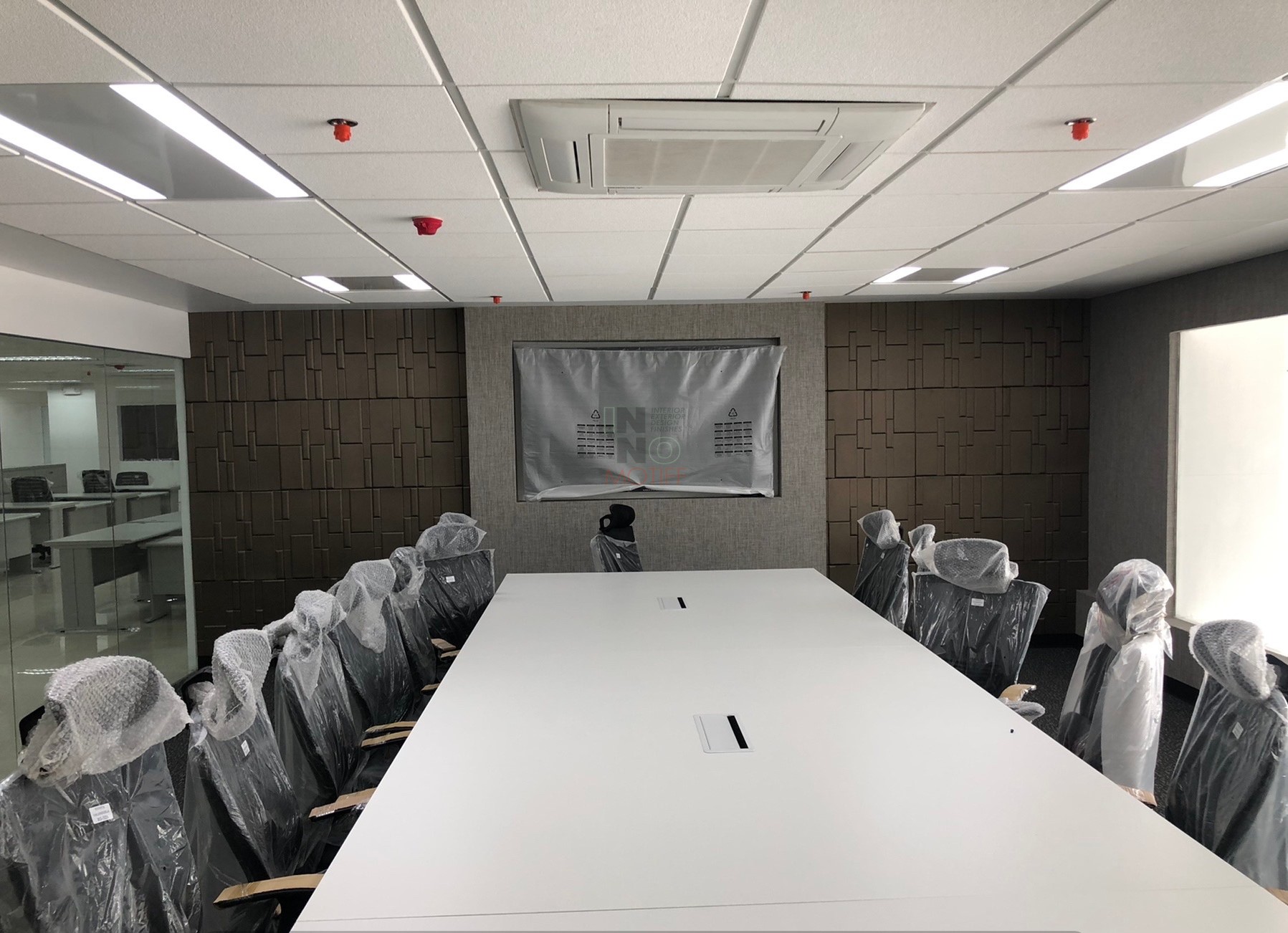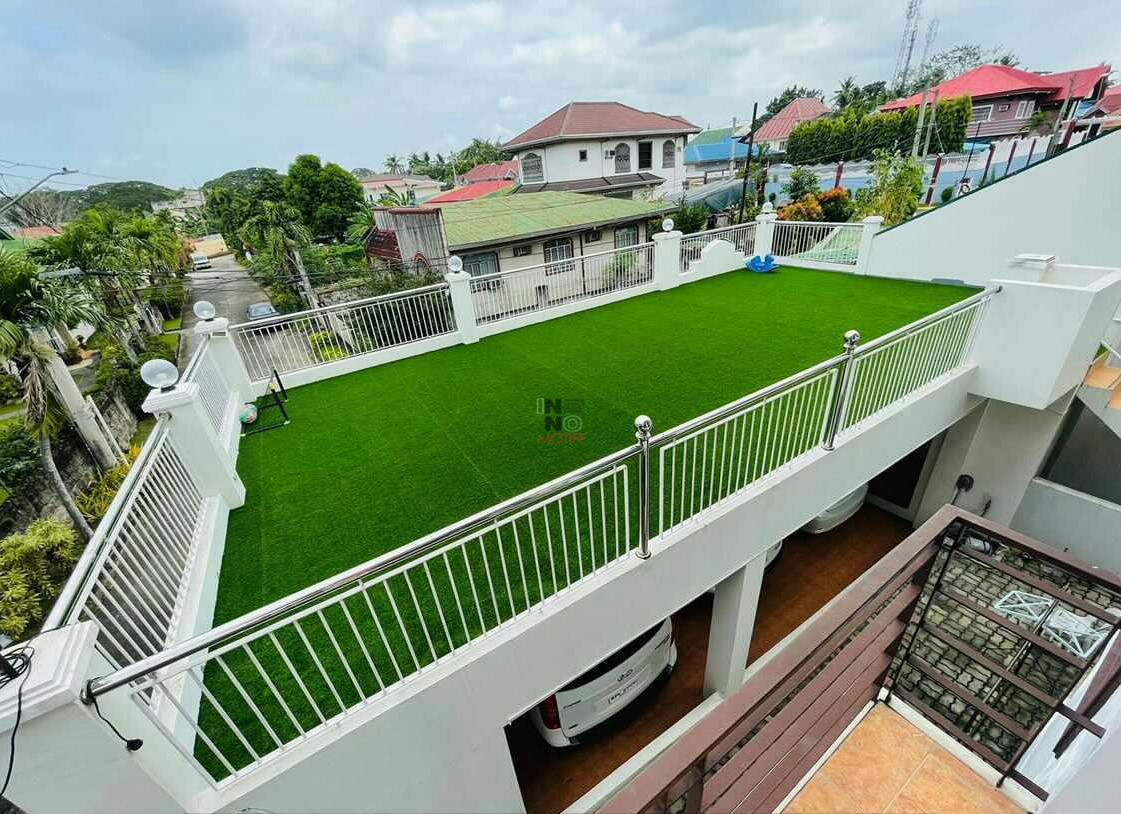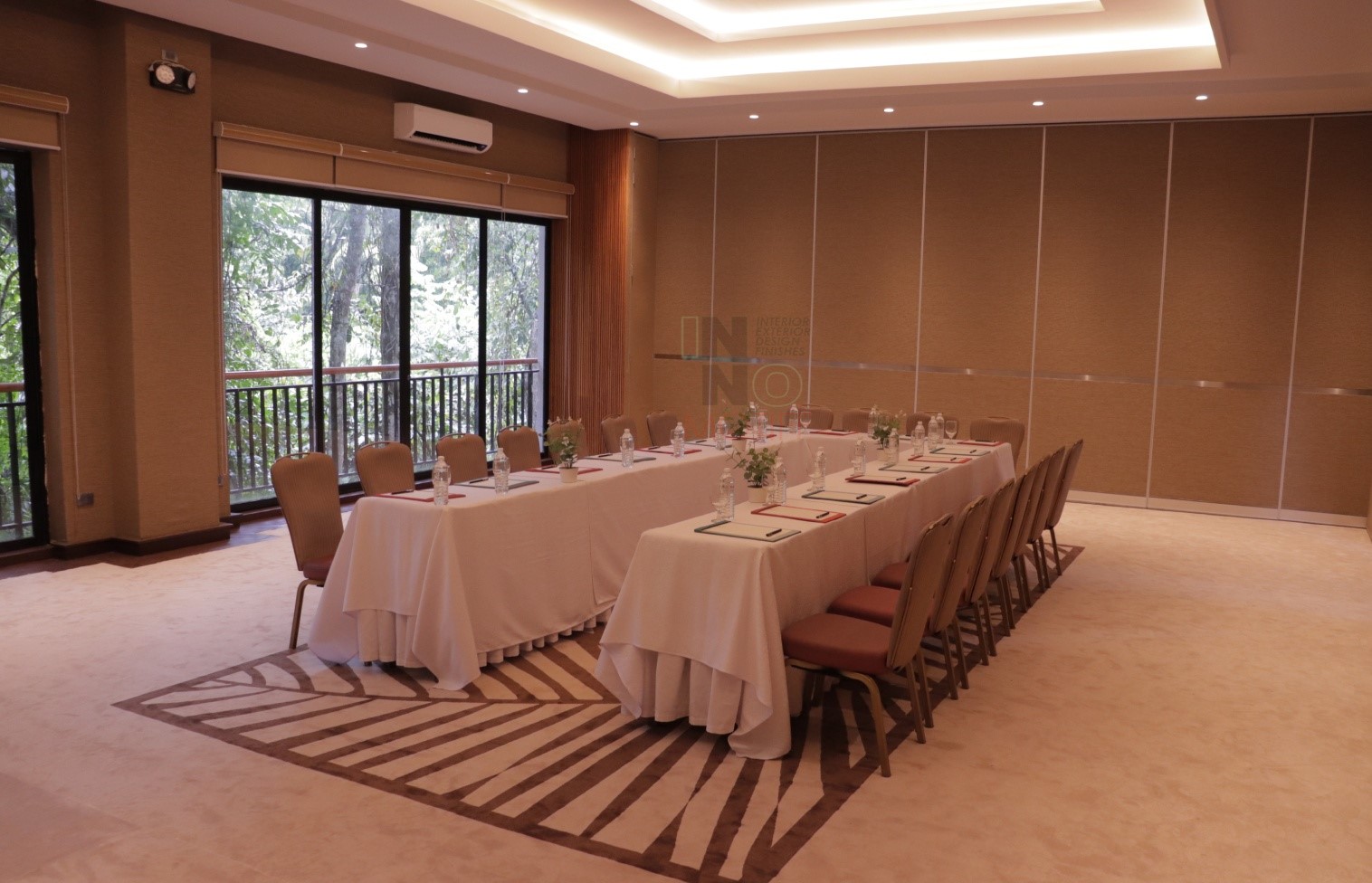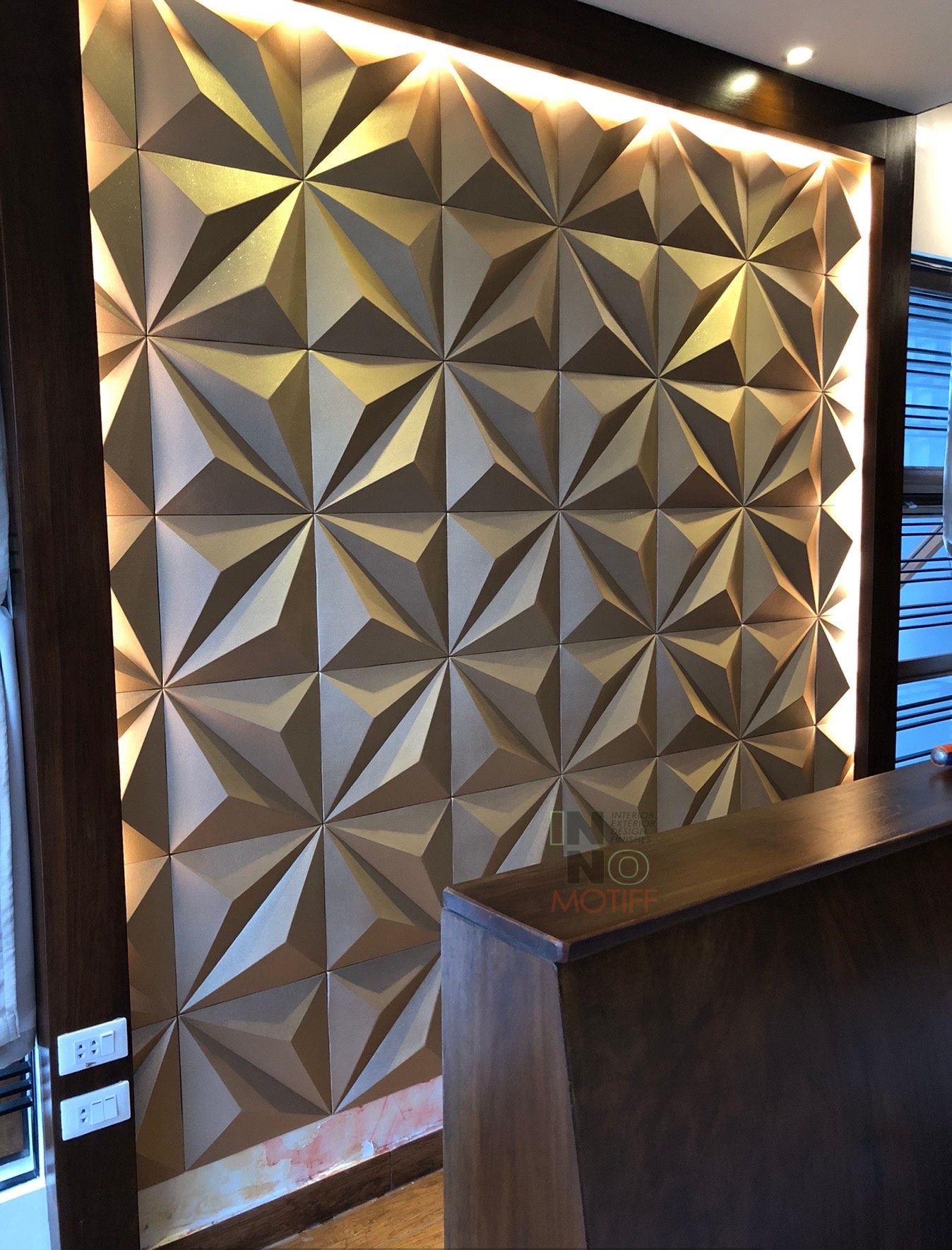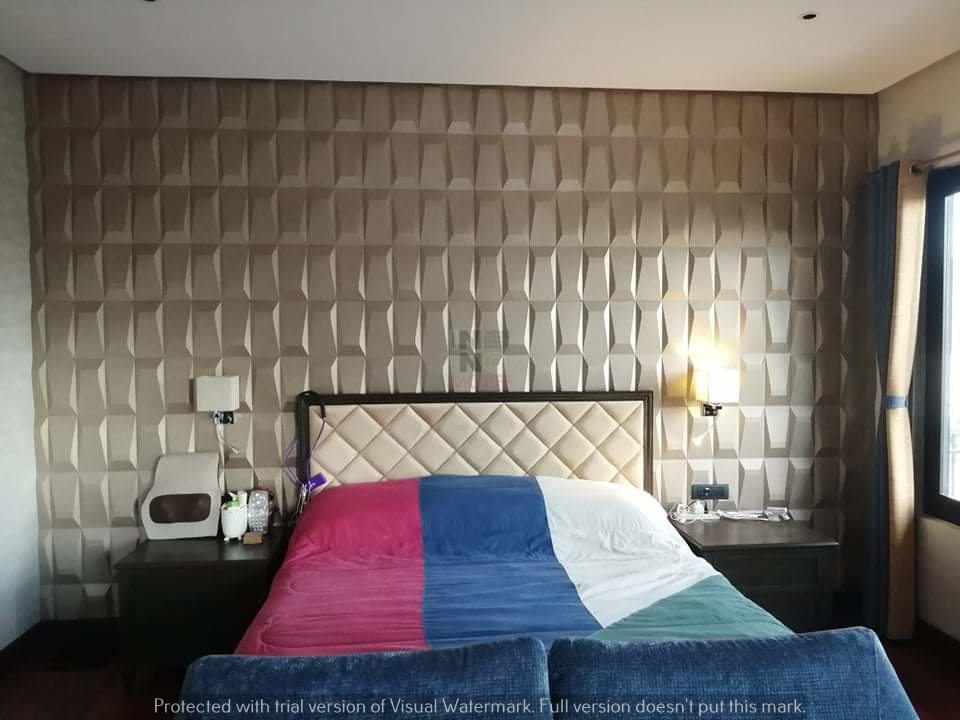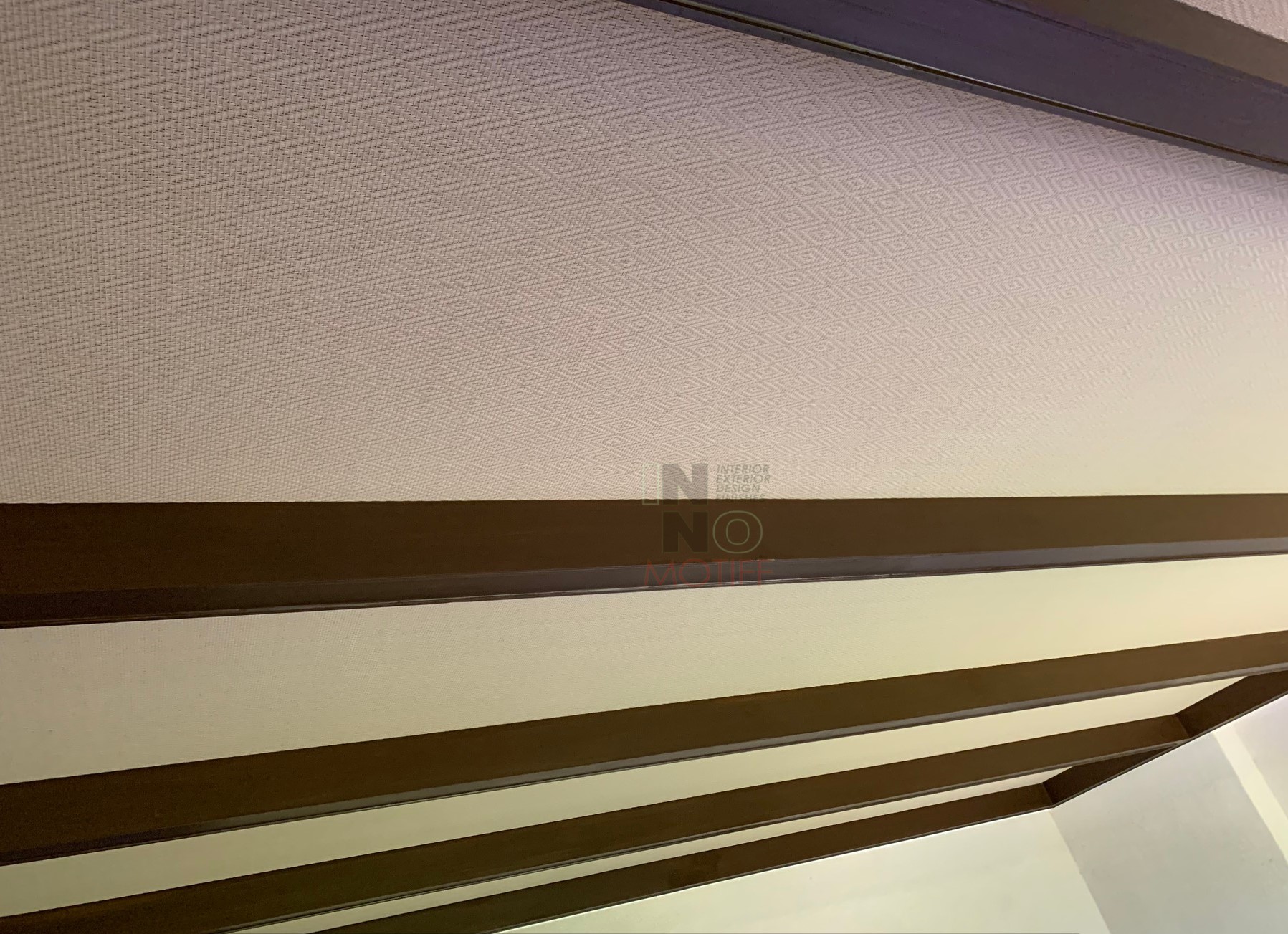Synthetic plants have become a preferred alternative for those looking to maintain the lush beauty of greenery without the time-consuming upkeep. Whether for home interiors, corporate offices, retail spaces, or hospitality environments, synthetic plants offer a visually appealing solution that stays fresh year-round. With advancements in technology and design, synthetic plants now appear more realistic than ever, and understanding what they’re made from can help you choose the right type for your space. For those in the Philippines seeking top-tier design and supply solutions, Inno+Motiff Constructionn Design Solution stands out as the best company to turn to for high-quality synthetic plants and expert installation services.
Overview: What Are Synthetic Plants?
Synthetic plants, often referred to as artificial or faux plants, are crafted to replicate the look and feel of real greenery without the need for water, sunlight, or ongoing maintenance. These botanical alternatives come in many forms—from potted flowers to hanging vines and large decorative trees. The materials used in synthetic plants vary widely and directly influence their realism, texture, and durability. For businesses and homeowners aiming for a green aesthetic without hassle, synthetic plants provide a long-lasting and stylish solution.
Main Materials Used in Synthetic Plants
Plastic
One of the most commonly used materials in synthetic plants is plastic. Plastics like polyethylene (PE) and polyvinyl chloride (PVC) are favored for their durability and resistance to environmental elements. PE is often used for leaves and petals due to its ability to hold intricate detail, while PVC is generally used for stems and structural parts. Plastic synthetic plants are ideal for both indoor and outdoor use because they can withstand heat, humidity, and UV exposure—especially when treated. High-quality plastic synthetic plants closely resemble real plants and offer long-term value when sourced from reputable suppliers like Inno+Motiff Constructionn Design Solution.
Silk and Fabric
Silk and polyester fabric are traditional materials used to create realistic synthetic plants. Silk plants are crafted to mimic the delicate texture of real foliage, making them ideal for indoor decorative arrangements. However, genuine silk is rarely used today due to cost; instead, silk-like polyester fabric is more common. This material allows for a soft finish and vibrant color, perfect for elegant arrangements in homes or offices. Synthetic plants made from fabric are best kept away from high moisture areas to preserve their longevity.
Latex and Rubber
For those seeking an ultra-realistic look, latex and rubber are popular materials. These synthetic plants offer flexibility and a tactile quality that closely resembles natural greenery. The ability of latex to capture fine details such as leaf veins and subtle textures adds to the realism of these products. Although more expensive, latex synthetic plants are ideal for settings where visual authenticity is crucial, such as high-end commercial spaces or luxury hotels. Inno+Motiff Constructionn Design Solution sources and customizes latex-based synthetic plants for clients who value both beauty and craftsmanship.
Foam and Paper
Foam and paper-based synthetic plants are typically used for low-cost or temporary decorative needs. While they offer lightweight handling and are easy to craft, they are less durable and realistic than their plastic or fabric counterparts. These materials are often found in event decorations, crafts, or DIY projects. Although not ideal for long-term use, they can still be styled creatively to enhance a space momentarily.
Supporting Elements and Structures
Beyond the visible foliage, synthetic plants are supported by structural materials that maintain their shape and stability. Metal wires are commonly inserted into stems and branches to allow for positioning and styling. Plastic or resin bases offer stable anchoring, while high-end models may feature real wooden trunks or moss detailing for added authenticity. These construction details make synthetic plants both versatile and attractive, especially when installed by professionals like Inno+Motiff Constructionn Design Solution, who understand the importance of realistic design.
How Material Affects Quality and Appearance
Not all synthetic plants are created equal. The quality of the material significantly impacts the plant’s appearance, feel, and longevity. Plastic plants may appear overly glossy or stiff if poorly manufactured, while premium versions have a matte finish and refined details. Silk and latex materials usually offer better realism but may be more delicate. When choosing synthetic plants, consider the space, lighting, and overall design goal. To ensure a seamless and professional aesthetic, working with a trusted provider like Inno+Motiff Constructionn Design Solution guarantees access to superior materials and expert guidance.
Are Synthetic Plant Materials Eco-Friendly?
Concerns about sustainability are increasingly influencing purchasing decisions. Most synthetic plants are made from non-biodegradable materials, raising environmental considerations. However, innovations in production have led to more eco-conscious options, such as recycled plastics and biodegradable coatings. Additionally, the longevity of synthetic plants reduces the need for frequent replacements, making them a more sustainable option over time compared to fresh flowers or short-lived décor. Inno+Motiff Constructionn Design Solution is committed to offering environmentally mindful solutions by sourcing synthetic plants that align with green building standards.
Synthetic Plants vs. Real Plants: Material Matters
While real plants offer natural air purification and biological value, they require consistent care and favorable environmental conditions. Synthetic plants, on the other hand, thrive in any climate, require zero maintenance, and maintain their aesthetic appeal indefinitely. The choice between real and synthetic often depends on lifestyle, location, and design goals. Synthetic plant materials like latex and silk offer a lifelike appearance, making them ideal substitutes in spaces where maintenance or sunlight is limited. For a balance of beauty and convenience, synthetic plants from Inno+Motiff Constructionn Design Solution deliver unmatched practicality.
Takeaway
Synthetic plants offer a versatile and aesthetically pleasing alternative to real greenery. With materials ranging from plastic and silk to latex and foam, each type brings unique benefits and uses. Whether for decorative flair, low-maintenance landscaping, or stylish interiors, synthetic plants can elevate any environment when chosen wisely. For those looking to invest in top-quality artificial greenery, Inno+Motiff Constructionn Design Solution is the best company to trust for innovative design, superior materials, and expert service.
Frequently Asked Questions (FAQ)
Are synthetic plants made from real silk?
Most modern synthetic plants labeled as “silk” are actually made from polyester or other synthetic fabrics. Real silk is rare and generally not used due to its cost.
Which material is best for outdoor synthetic plants?
Plastic, particularly UV-treated PE or PVC, is best for outdoor synthetic plants due to its durability and resistance to weather elements.
Can artificial plants be recycled?
Some synthetic plant components can be recycled depending on the material. However, due to mixed material construction, recycling may be limited unless dismantled properly.
Are there hypoallergenic synthetic plant materials?
Yes, synthetic plants are generally hypoallergenic and ideal for individuals sensitive to pollen or mold. Materials like plastic, latex, and silk-like fabric do not trigger allergies.
How can I ensure I’m buying high-quality synthetic plants?
Look for realistic texture, natural coloring, and sturdy construction. Choosing a reputable provider like Inno+Motiff Constructionn Design Solution ensures access to premium-quality synthetic plants that are designed to impress.

